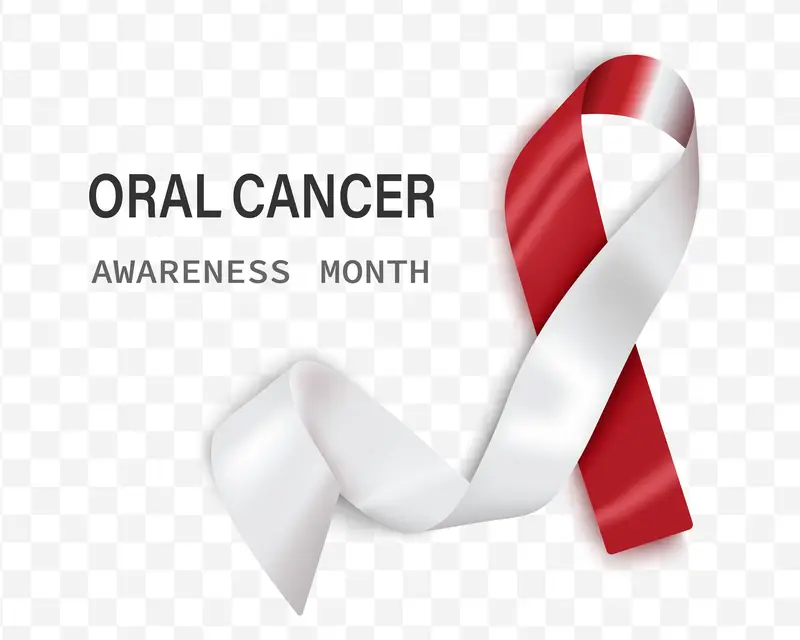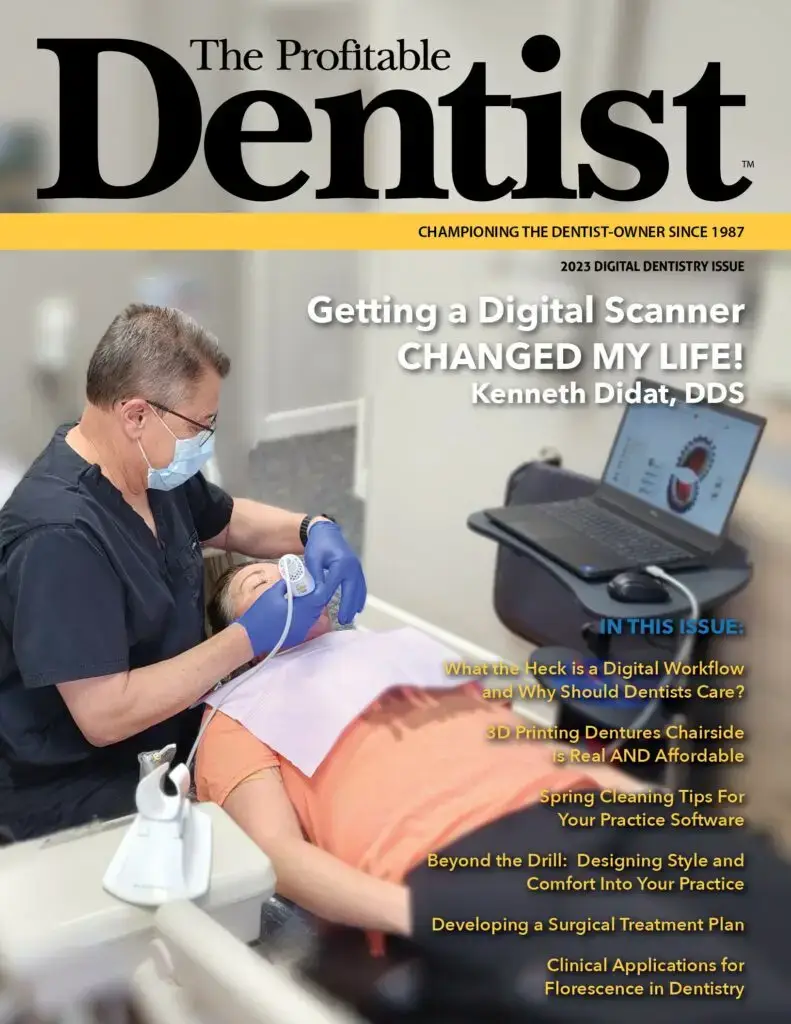Oral cancer remains a significant public health concern, with increasing incidence and mortality rates worldwide, often due to late-stage diagnosis. This includes malignancies of the lips, tongue, floor of the mouth, and oropharynx, which carry a poor prognosis when detected in advanced stages (Warnakulasuriya, 2020). Early detection through routine screening by both dental and medical professionals can significantly improve patient outcomes. As the field of oral-systemic health evolves, there is a growing recognition of the interplay between oral health and systemic diseases, necessitating a multidisciplinary approach to early detection and prevention (Lingen et al., 2017). By integrating comprehensive screening protocols into routine patient care, healthcare providers can contribute to earlier diagnosis and improved survival rates, emphasizing an oral-systemic health perspective that underscores the interconnectedness of oral and systemic health.
The Importance of Oral Cancer Screening
Screening for oral cancer is a non-invasive, cost-effective method that significantly impacts early diagnosis and treatment outcomes. Risk factors such as tobacco and alcohol use, human papillomavirus (HPV) infection, and genetic predisposition heighten the importance of early detection (Rivera & Venegas, 2021). Medical and dental professionals must be well-trained to recognize early signs of oral malignancies, including leukoplakia, erythroplakia, and persistent ulcerations.
Oral-Systemic Health and Oral Cancer
The connection between oral and systemic health has been widely studied, with evidence suggesting that systemic inflammation, immune function, and microbial dysbiosis play roles in both oral and systemic diseases (Han et al., 2022). Chronic inflammation, as seen in periodontal disease, has been implicated in carcinogenesis, further justifying the need for routine oral health assessments by both dental and medical practitioners (Mager et al., 2021).
The Role of Dental Professionals
Dentists and dental hygienists are at the frontline of oral cancer screening, given their ability to conduct thorough intraoral and extraoral examinations during routine check-ups. The use of adjunctive diagnostic tools such as autofluorescence imaging and salivary diagnostics can enhance early detection rates (Messadi, 2019). Additionally, dental professionals should educate patients about modifiable risk factors and the importance of self-examinations.
The Role of Medical Professionals
Primary care physicians, otolaryngologists, and other healthcare providers play a vital role in recognizing potential oral malignancies, particularly in patients at high risk. Incorporating oral examinations into routine physical assessments can bridge the gap between medicine and dentistry, fostering a more integrated approach to patient care (Fedele, 2019). Medical professionals should be aware of referral pathways to dental and oncology specialists to ensure timely intervention.
Interprofessional Collaboration for Improved Outcomes
A multidisciplinary approach involving medical and dental professionals can optimize oral cancer screening efforts. Continuing education programs, interdisciplinary training, and shared electronic health records can facilitate communication and early diagnosis (Liu et al., 2020). Public health initiatives aimed at increasing awareness about oral cancer should also be prioritized, with healthcare professionals serving as advocates for preventive care.
In Summary
Oral cancer screening is a critical component of preventive healthcare that requires the active participation of both medical and dental professionals. By adopting an oral-systemic health perspective, providers can enhance early detection efforts, improve patient outcomes, and reduce the overall burden of the disease. Increased collaboration, education, and awareness are essential in addressing the growing incidence of oral cancer and ensuring that patients receive comprehensive, timely care.
References
Fedele, S. (2019). Diagnostic aids in the screening of oral cancer. Head & Neck Oncology, 11(1), 3-9. https://doi.org/10.1186/1758-3284-1-5
Han, Y. W., Wang, X., & Mobile, D. (2022). Oral microbiome and its potential role in carcinogenesis. Journal of Oral Microbiology, 14(1), 201-215.
Lingen, M. W., Abt, E., Agrawal, N., & Wentz, A. (2017). Evidence-based clinical practice guideline for the evaluation of potentially malignant disorders in the oral cavity. Journal of the American Dental Association, 148(10), 712-727. https://doi.org/10.1016/j.adaj.2017.07.032
Liu, Y., Olszewski, M., & Cohen, J. (2020). Interprofessional collaboration in oral cancer screening. Journal of Interprofessional Care, 34(6), 789-795. https://doi.org/10.1016/j.cden.2016.05.004
Mager, D. L., Haffajee, A. D., & Socransky, S. S. (2021). The relationship between periodontal disease and systemic inflammation in oral cancer. Oral Oncology, 56(4), 72-79. https://doi.org/10.1111/j.1469-0691.2007.01798.x
Messadi, D. V. (2019). Diagnostic aids for detection of oral precancerous conditions. Oral and Maxillofacial Surgery Clinics of North America, 31(1), 45-58. https://doi.org/10.1038/ijos.2013.24
Rivera, C., & Venegas, B. (2021). Histological and molecular aspects of oral squamous cell carcinoma. Oncology Letters, 22(3), 93-101.https://doi.org/10.3892/ol.2014.2103
Warnakulasuriya, S. (2020). Global epidemiology of oral cancer. Oral Diseases, 26(1), 3-10. https://doi.org/10.1016/j.oraloncology.2008.06.002



